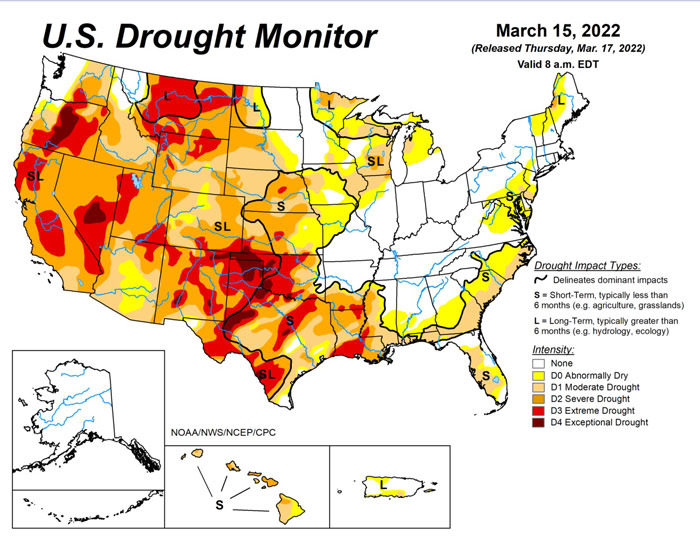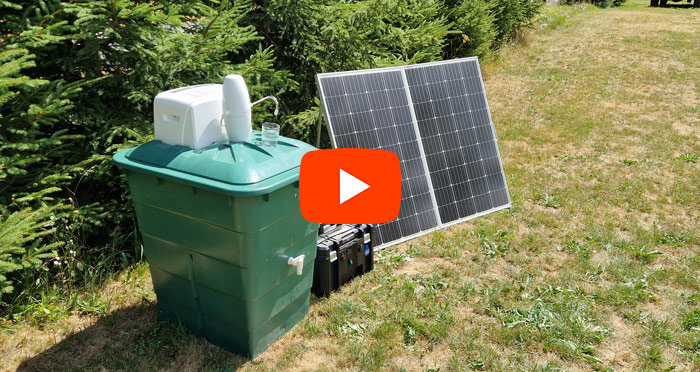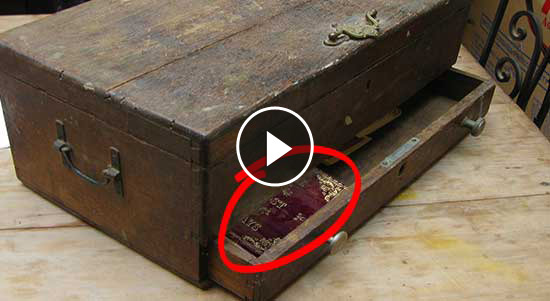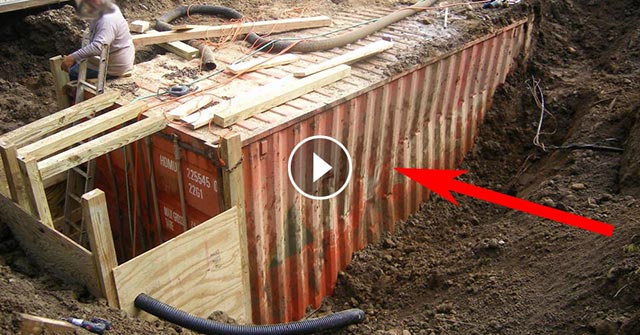Click Here To Join Our Telegram Channel for FREE daily tutorials!
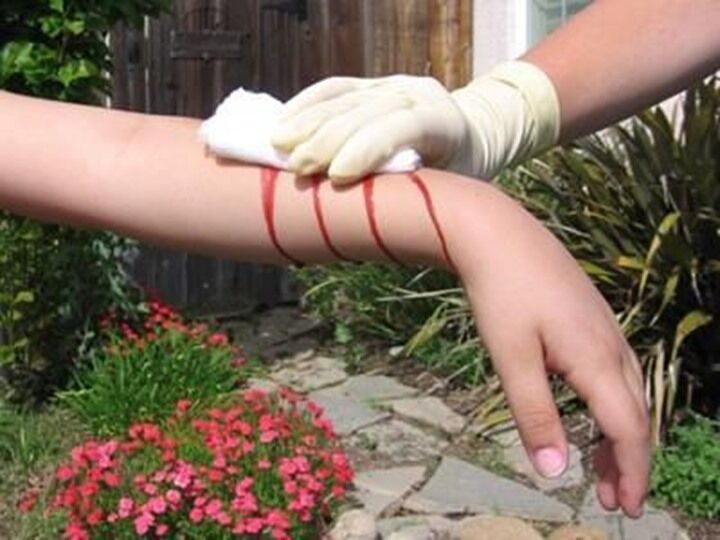
Cuts, scrapes, and scratches may not seem like a big deal, after all, we have to deal with minor injuries all our lives. But when they happen during a disaster, it all gets much more complicated. You’ve got less time to identify the gravity of a wound and treat it accordingly or rush to the nearest hospital before it gets infected or starts bleeding heavily.
That’s why it’s crucial to know the basics of treating minor injuries.
The first thing you should know is when to go to the hospital. Amanda C. Strosahl, one of the best health news and healthy living writers on Yahoo! contributors network has identified 10 signs that you should seek medical attention immediately:
• The cut is deep
• The cut is long. Long cuts are considered to be approximately 1 inch when on the hand or foot and 2 inches when elsewhere on the body.
• The cut is jagged.
• The injury involved a pet. This is especially important if the pet was a cat due to the risk of cat scratch fever.
• The injury involved a wild animal.
• The injury is due to a bite, either human or animal in nature.
• The wound has debris stuck in it after proper cleansing.
• The wound is bleeding heavily.
• The wound will not stop bleeding after applying direct pressure for 10 minutes.
• The injury is a puncture wound.”
Remember, however, that looks can be deceiving, What seems a superficial wound can make a lot of damage underneath the skin, where bacteria is trapped (like puncture wounds). Examine the wound well before taking action.
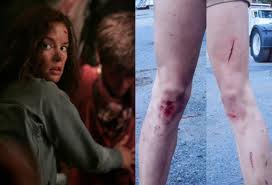
tamarouziel.wordpress.com
As long as the wound is not bleeding too heavily, the first thing to do is wash it with soap and water. If it does bleed heavily, apply pressure for 10 minutes. These are the first steps to take, even if help is on its way.
If the wound is not minor and you’re not perfectly sure what to do, ask a 911 operator to walk you through the process. However, given that we’re talking about a disaster here, the operators might have to other cases, where people’s lives are on the line.
In most cases, you should be just fine on your own, as long as you know the basic treatment methods.
WebMD treats this subject exhaustively and presents specific steps for every type of minor injury:
Scratches and Cuts on the Face
“Your injury’s location can affect how you bandage it. For most injuries, first, you’ll want to clean it with water to get rid of debris and help prevent infection. Then, stop bleeding by applying pressure with sterile gauze.
Face injuries can bleed a lot. But once the bleeding stops, minor face cuts can go uncovered. Or a small adhesive strip can work well. You may need stitches if your cut is jagged, deep or longer than a half inch.”
Blisters
“Small, unbroken blisters can be left uncovered and will usually heal on their own. The exception — if a blister is in an area where it might get rubbed, such as on the sole of the foot. In that case, protect the blister with a soft dressing to cushion the area.
For a broken blister that has drained, protect it from infection by covering it with a bandage.”
Sprains and Strains
“A sprain means a stretched or torn ligament, while a strain involves an injury of a muscle or tendon.
The signs are pain and swelling. In addition to icing the injury, wrap it with an elastic compression bandage and keep it elevated when possible. In some cases of severe sprain or strain, surgery and/or extensive physical therapy may be needed.”
Minor Burns
“Seek medical help for burns if they are severe, on the face, or bigger than 2 inches. For treating small minor burns at home, rinse the area in cool water.
Never use butter, grease, or powder on a burn. After rinsing, cover the burn with a thin layer of antibiotic ointment. Then bandage it. A non-stick dressing is best and you may need tape to hold the dressing in place.”
Open Cuts
“If the edges of a cut are separated but will go together, use a butterfly bandage to close the wound. This type of bandage should be placed across the cut, not along its length.
If the wound is long, more than one bandage may be needed. Seek professional care for cuts that are gaping, longer than a half inch, or don’t stop bleeding after 15 minutes of pressure.”
Surgical Wounds
“After surgery, you’ll need to keep the incision site clean and dry. Change the dressing according to your doctor’s instructions.
Each time you remove the old dressing, check the wound for signs of infection, such as increasing redness around the wound, a yellow or green discharge, or an unusual odor.”
Scraped Knees or Elbows
“Skinned knees or elbows can also be awkward to cover. Larger-sized bandages or adhesive bandages with wings can hug joints and move with you.
Another alternative: Use a liquid bandage. This will stop minor bleeding and protect the wound from dirt and water. Liquid bandage is shower-resistant and only needs to be applied once.”
Injured knuckles, Heels, and Fingers
“Fingers, heels, knuckles, and knees move, so covering them can be tricky. But you’ll want to keep them covered to keep dirt out.
Bandages that are hourglass shaped or notched so they are shaped like an “H” can prevent folds and bunching. Or they can wrap around a fingertip for full coverage.”
Large Scrapes
“Scrapes that cover a large area should be kept moist to help promote healing. Antibiotic ointment or moisture-enhancing bandages, also called occlusive bandages, can do the job.
Some scrapes don’t form a scab as they heal but remain shiny and raw. If this occurs, wash the wound with clean water and apply a fresh bandage regularly. Watch for signs of infection.”
Cuts on Your Hands or Feet
“The hands and feet are exposed to more dirt than the face, so it’s best to keep cuts covered. Bandaging can also prevent shoes and socks from irritating wounds on the feet.
Adhesive strips can be used for small cuts, but be sure to change the bandage if it gets wet or dirty. Seek medical help for deep cuts or puncture wounds on the hands or feet.”
I really hope this article will help you a lot in the future. These are universal treatment methods and you can apply them anytime you need them, whether you’re struggling in a post-disaster environment or you simply cut your finger cutting a tomato.
However, prevention is the best way to keep yourself and your family healthy, so make sure you’re always protected and be careful whenever you’re handling sharp or heavy objects.
If you’re interested in more articles on survival and emergency medicine topics, check out www.myfamilysurvivalplan.com
This Crazy Off Grid Device Literally Makes Drinkable Water From Fresh Air:
According to NASA, the U.S. is expecting a 100-YEAR LONG MEGADROUGHT.
It's already begun. Ask the farmers in California. They know.
Every survivalist knows that water is of critical importance. You NEED an independent water source that you can count on!
As an interesting "survival rehearsal" - imagine that you turned the tap on right now and nothing came out. How long would you last?
But what if there was another water source literally hidden in plain sight. That's right, I'm talking about the atmosphere!
The amazing thing about getting water from the natural moisture in the air... is that it is ALWAYS available.
This gives you real water security!
Learn more about how to tap into "Nature's secret water reservoir" and stay hydrated when TSHTF!
Watch the video:
😳 What Tinnitus Does To Your Brain Cells (And How To Stop It)
After 47 years of studies and countless brain scans done on more than 2,400 tinnitus patients, scientists at the MIT Institute found that in a shocking 96% of cases, tinnitus was actually shrinking their brain cells.
As it turns out, tinnitus and brain health are strongly linked.
Even more interesting: The reason why top army officials are not deaf after decades of hearing machine guns, bombs going off and helicopter noises…
Is because they are using something called "the wire method", a simple protocol inspired by a classified surgery on deaf people from the 1950s...

I Can't Help Showing This Off:
If you haven't heard of Claude Davis yet do yourself a huge favor and watch this video.
One of the smartest guys I ever had the pleasure of meeting, Claude set-up a unique prepping system that changed his life forever.
I already tried it myself and let me tell... you I was completely blown away... His surprising tactics could make your life easier and give you the peace of mind you deserve.
Don't just take my word for it... watch his short video and decide for yourself.

Most People Don't Have The Guts To Try This:
An amazing discovery in an abandoned house in Austin, Texas: A lost book of amazing survival knowledge, believed to have been long vanished to history, has been found in a dusty drawer in the house which belonged to a guy named Claude Davis.
Remember... back in those days, there was no electricity... no refrigerators... no law enforcement... and certainly no grocery store or supermarkets... Some of these exceptional skills are hundreds of years of old and they were learned the hard way by the early pioneers.
>> Click here to find out about them now
We've lost to history so much survival knowledge that we've become clueless compared to what our great grandfathers did or built on a daily basis to sustain their families.
Neighbors said that for the last couple of years Claude has tried to unearth and learn the forgotten ways of our great-grandparents and claimed to have found a secret of gargantuan proportions. A secret that he is about to reveal together with 3 old teachings that will change everything you think you know about preparedness:
>>> Click Here To Watch His Short Video <<<

More Off-Grid And Survival Resources:

What REALLY Happens When You Bury a Shipping Container? (Hint: It's A Bit Crazy...)
Shipping containers are all the rage - but if you are thinking about buying one, you MUST watch this video first:
There's a general belief that if you bury a shipping container you can create an awesome root cellar / storm shelter / survival bunker.
But is a shipping container strong enough to handle the pressure?
Watch the video to see what happens:
What Really Happens When You Bury a Shipping Container? (Click To Watch Video)

